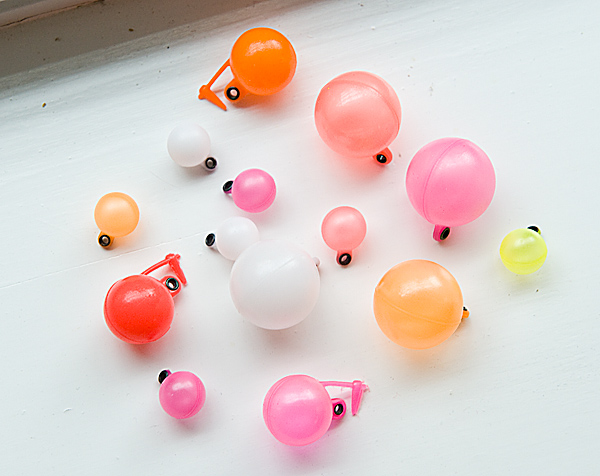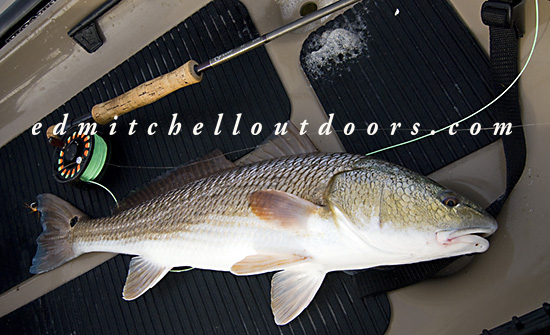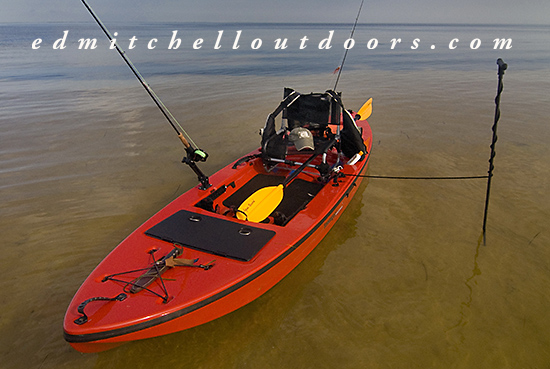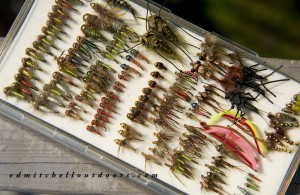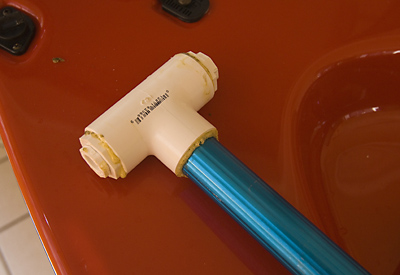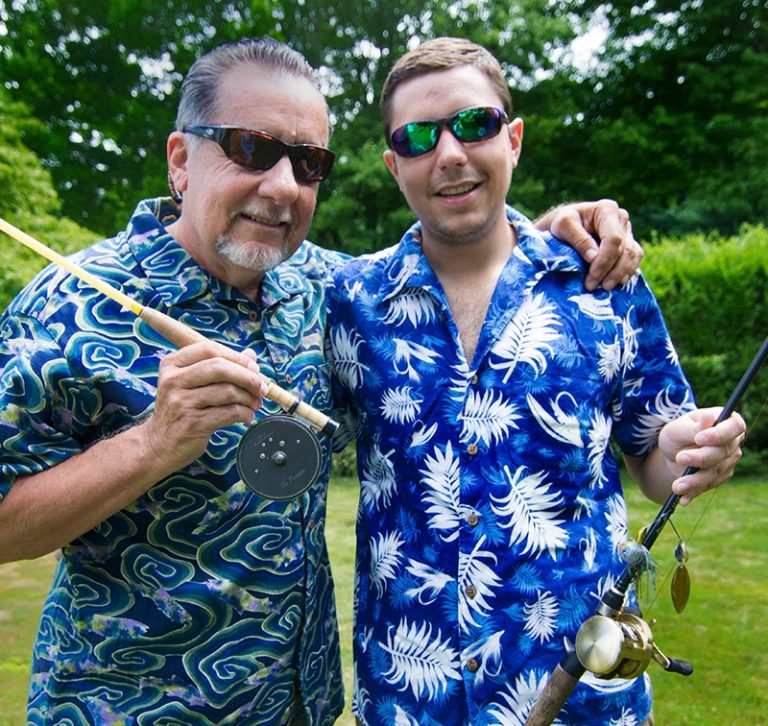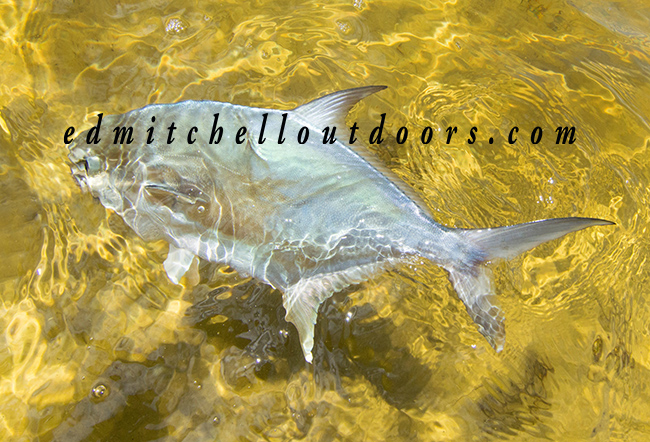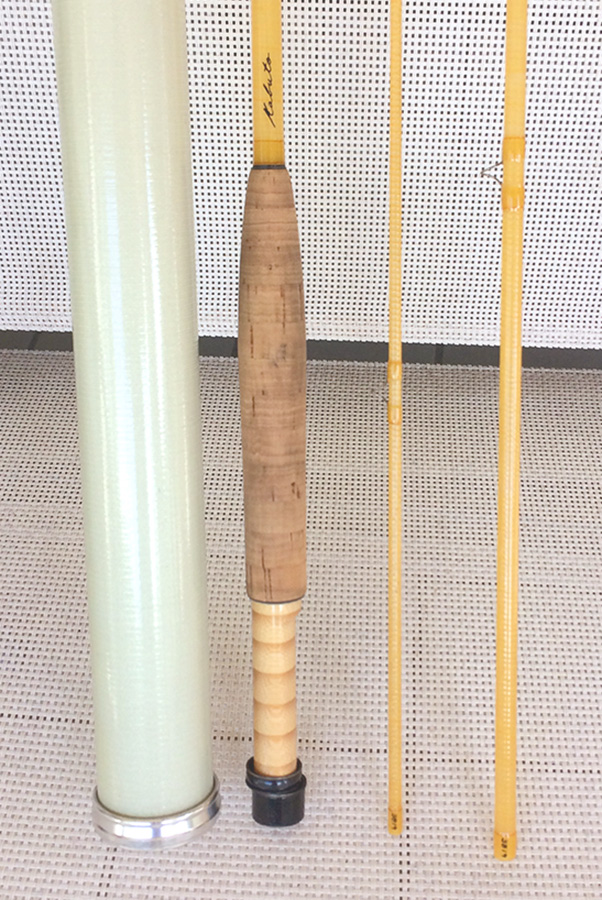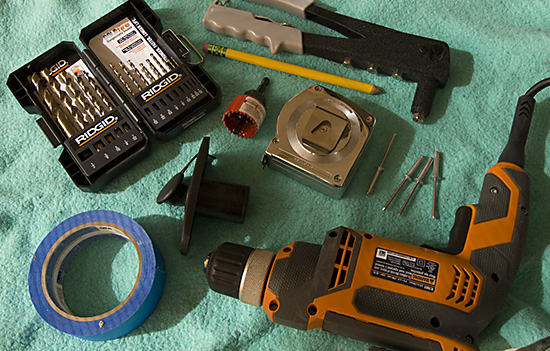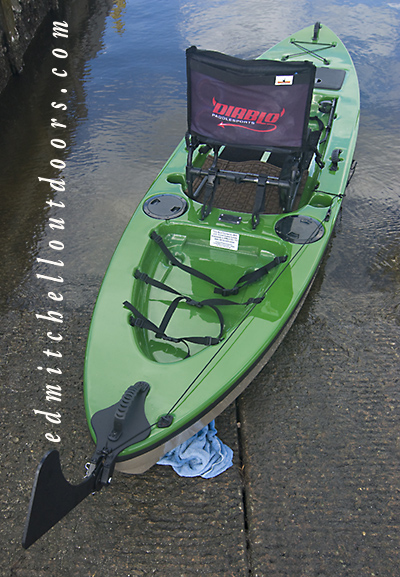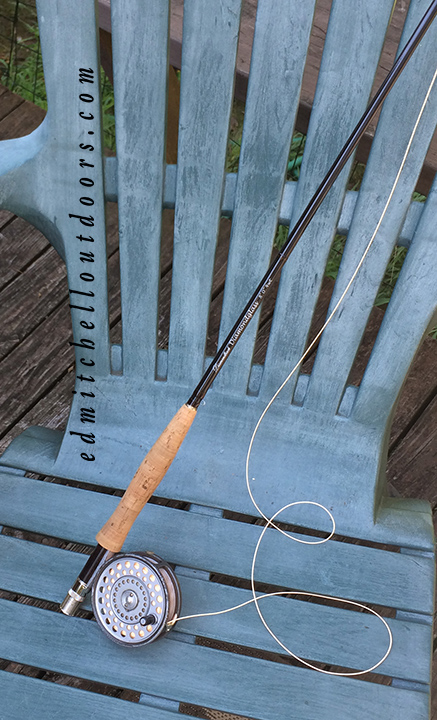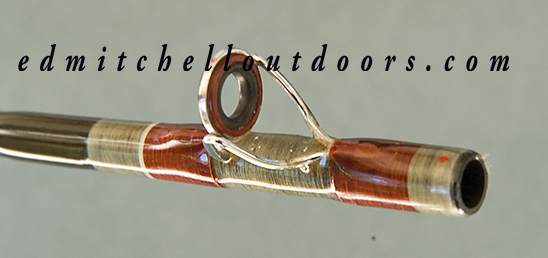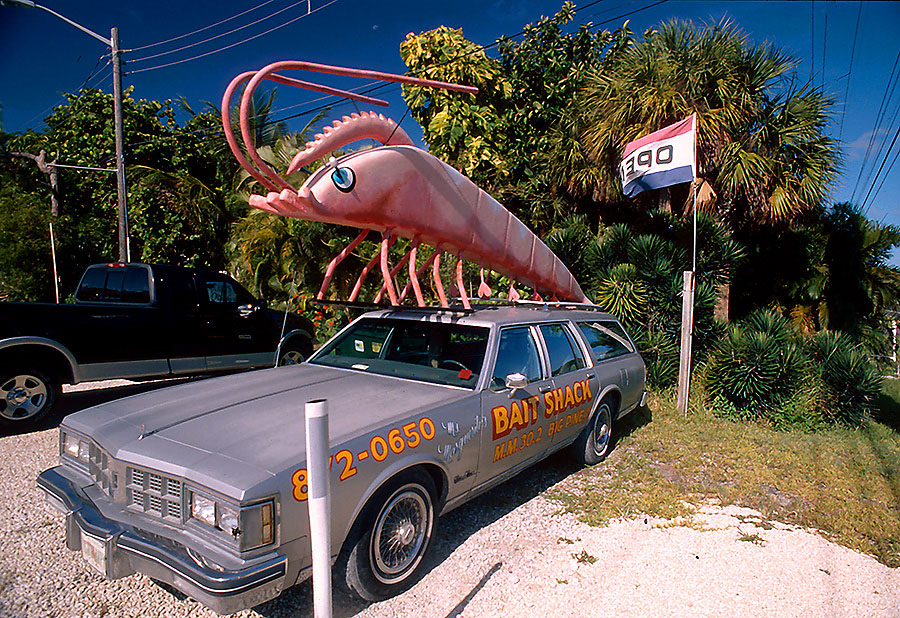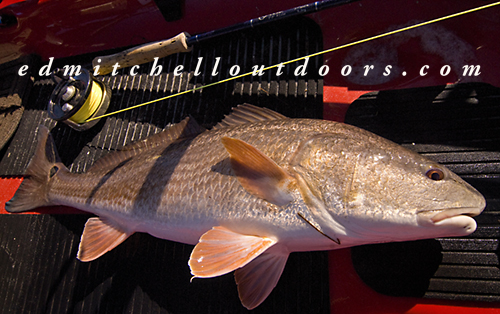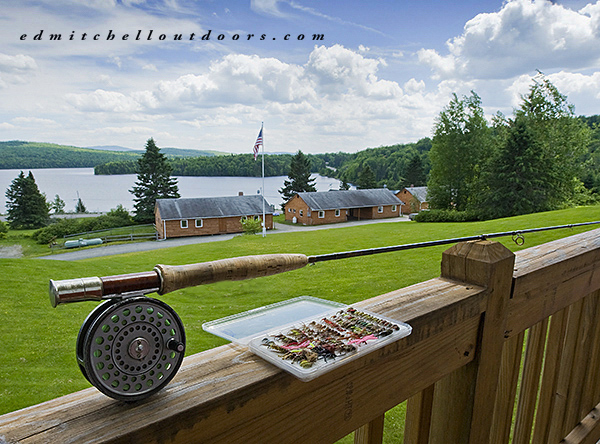You can catch trout on all kinds of flies. Dries, emergers,wets, nymphs, streamers, bucktails, soft hackles, buggers. The list is long. But in my opinion, the single most productive fly is a nymph. For one thing, trout eat a lot of nymphs. Second, nymphs work all season. With a hatch; without a hatch; high water; low water; fast water; slow water; and even still water. Yeah nymphs are versatile and deadly.
There are three principal ways to fish a nymph: “High stick”, strike-indicator style, or “Czech” nymphing. “High stick” is the oldest, at least here in our country. Strike-indicators came to light over 20 years ago, and remain, even today, the most popular method. “Czech” style is relatively new, and all the rage. It works very well; I used it to catch the brown trout above.
Since indicators are king, let’s take a look at them. Indicators come in many shapes and sizes, but some work far better than others. Skip the putty stuff and the stick on dots. Neither is very good. You want a strike-indicator that is reusable and can be quickly adjusted up and down the leader to compensate for changing water depths. Now you’re talking. It must also ride high enough to be visible, and must stay secure on the leader. And it can’t twist your leader during the cast. Yes, a lot going on here.
I feel the best strike-indicator on the market today is the “Thingamabobber“. This indicator is essentially a small, plastic bubble. My friend Charlie Place joking refers to them as “trapped air technology”. Man, what will science think of next? Thingamabobbers are easy to put on the leader and come in different sizes and colors. The 3/4″ size works in most situations. Most importantly, Thingamabobbers are extremely sensitive. Every time the your nymph touches something – be it the bottom or a big brown trout – the damn indicator wiggles. Beautiful, it’s like having sonar. If you haven’t tried them, you’re missing out.


